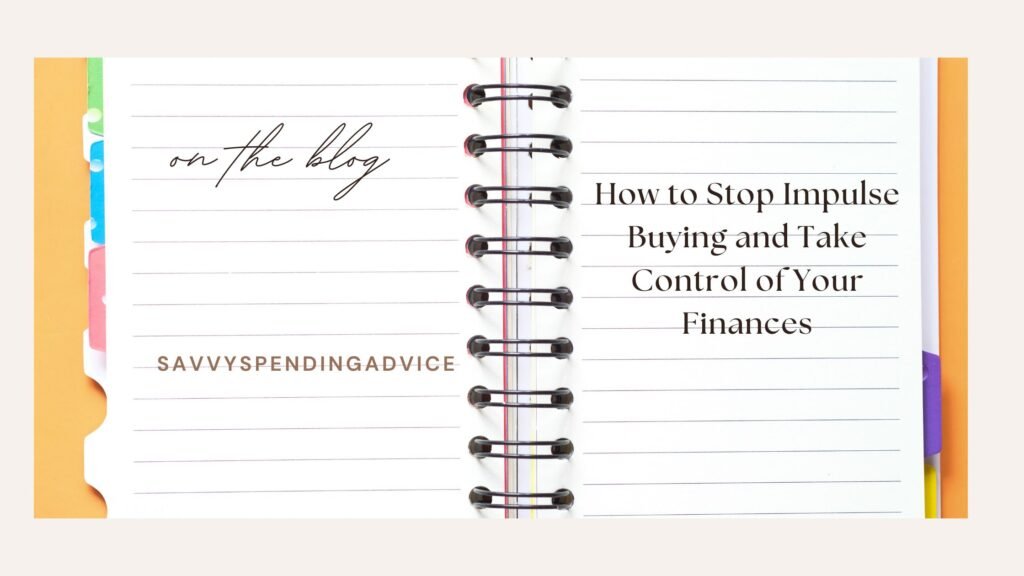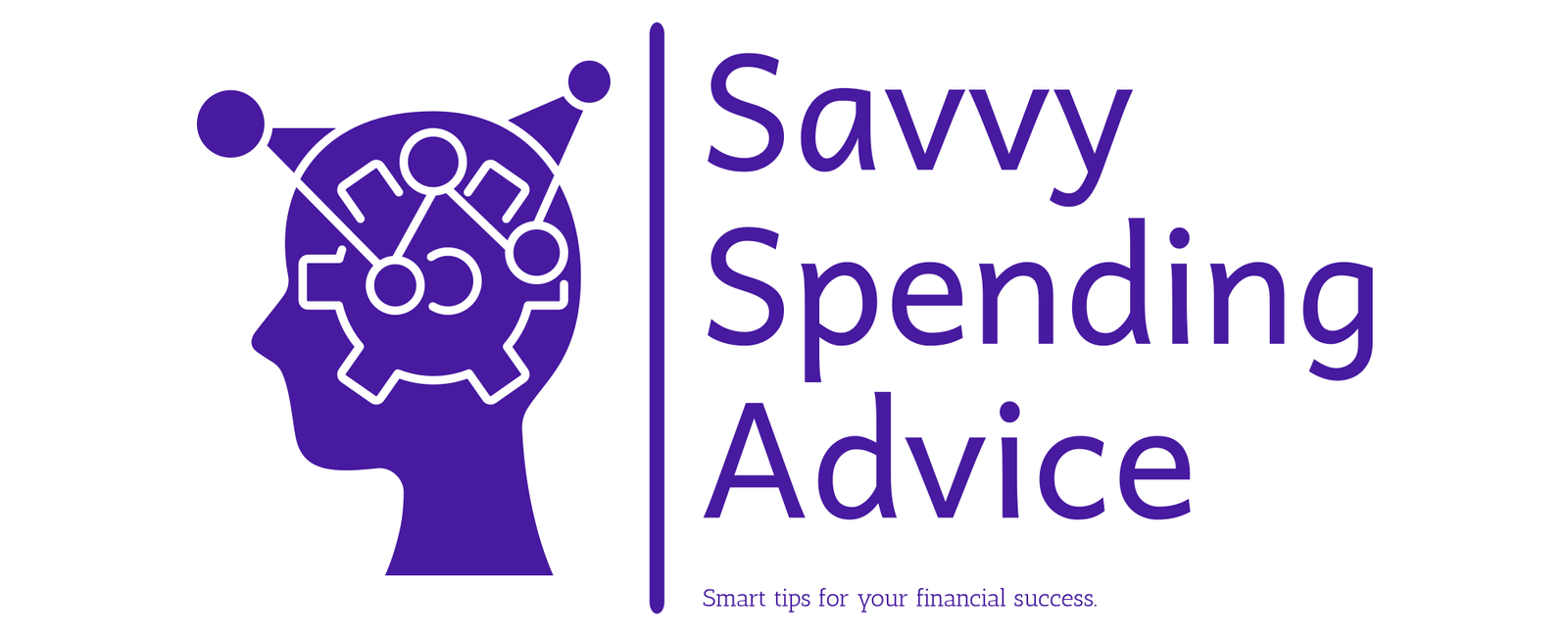
Impulse buying is one of the biggest obstacles to saving money and achieving financial freedom. Those unplanned purchases—whether it’s a sale item, a trendy gadget, or an extra coffee run—can add up quickly, leaving you with buyer’s remorse and a drained bank account.
If you’re tired of regretting unnecessary purchases, this guide will help you recognize impulse triggers, build smarter spending habits, and take control of your finances.
1. Identify Your Impulse Spending Triggers
📌 Why it matters: Most impulse purchases happen due to emotions, boredom, or marketing tactics.
✅ Common triggers:
✔ Stress or emotional spending (“retail therapy”)
✔ Social media ads and influencer recommendations
✔ Seeing “limited-time” sales or discounts
✔ Shopping while bored or without a plan
💡 Pro Tip: Track your impulse purchases for a month—look for patterns to understand when and why you overspend.
2. Use the 24-Hour Rule Before Buying Anything Non-Essential
📌 Why it matters: Delaying purchases helps you separate wants from needs.
✅ How to do it:
✔ If you feel the urge to buy something, wait 24 hours before deciding.
✔ For bigger purchases, extend the waiting period to 30 days.
✔ If you still want it after the waiting period and it fits your budget, go ahead!
💡 Pro Tip: Add items to a wishlist instead of buying them immediately—chances are, you’ll forget about most of them.
3. Set a Monthly “Fun Money” Budget
📌 Why it matters: Completely restricting spending often leads to binge shopping later.
✅ How to do it:
✔ Allocate a fixed amount for guilt-free spending (e.g., $50-$100/month).
✔ Once you hit your limit, no more impulse buys until next month.
✔ Track discretionary spending using apps like Mint or YNAB.
💡 Pro Tip: If you don’t spend your “fun money” one month, roll it over to the next—this makes saving more exciting!
4. Delete Saved Payment Info for Online Shopping
📌 Why it matters: Making purchases less convenient reduces impulse spending.
✅ How to do it:
✔ Remove stored credit cards from shopping websites and apps.
✔ Avoid using one-click checkout options.
✔ Force yourself to manually enter payment details each time—it adds extra time to reconsider the purchase.
💡 Pro Tip: Unsubscribe from promotional emails and turn off app notifications from retailers.
5. Pay with Cash Instead of Cards
📌 Why it matters: Physically handing over cash makes you more aware of spending.
✅ How to do it:
✔ Use the cash envelope method—withdraw a fixed amount for discretionary spending.
✔ When your cash runs out, you stop spending until next month.
✔ Avoid using credit cards unless you can pay off the balance in full.
💡 Pro Tip: Studies show people spend 15-20% less when paying with cash instead of cards.
6. Avoid Shopping When Stressed, Bored, or Hungry
📌 Why it matters: Emotional states can lead to unnecessary purchases.
✅ How to avoid emotional shopping:
✔ Find non-shopping activities to relieve stress (exercise, journaling, reading).
✔ Avoid shopping as entertainment—replace it with free hobbies.
✔ Never grocery shop when hungry—you’ll buy more than you need!
💡 Pro Tip: If you shop out of boredom, create a “go-to” list of fun, free activities to do instead.
7. Unfollow Influencers and Retail Accounts That Tempt You
📌 Why it matters: Social media marketing creates false urgency for things you don’t need.
✅ How to do it:
✔ Unfollow brands and influencers who encourage constant spending.
✔ Mute targeted ads on Instagram, Facebook, and YouTube.
✔ Follow financial influencers who promote smart money habits instead!
💡 Pro Tip: Remind yourself: “Social media is a highlight reel—real wealth is built through saving and investing.”
8. Track Your Purchases and Hold Yourself Accountable
📌 Why it matters: Seeing where your money goes helps break bad spending habits.
✅ How to do it:
✔ Use a spending tracker app like PocketGuard or GoodBudget.
✔ Review past impulse purchases and calculate how much you could’ve saved.
✔ Set a financial goal (e.g., saving for a trip or emergency fund) to stay motivated.
💡 Pro Tip: Keep a “regret list” of impulse buys you wish you hadn’t made—refer to it when tempted to shop unnecessarily.
9. Reward Yourself for Staying on Track
📌 Why it matters: Positive reinforcement makes good habits stick.
✅ How to do it:
✔ Set mini rewards for every month you avoid impulse spending.
✔ Use money saved from not impulse shopping to treat yourself to a planned experience.
✔ Celebrate progress—but within your budget!
💡 Pro Tip: Instead of rewarding yourself with shopping, invest in your future—put the saved money into a travel fund, retirement, or investments.
10. Focus on Long-Term Financial Goals
📌 Why it matters: A strong “why” makes it easier to resist unnecessary spending.
✅ How to do it:
✔ Set a clear savings goal (e.g., “Save $5,000 in 12 months”).
✔ Visualize how much closer you’ll be to financial freedom by avoiding impulse buys.
✔ Redirect impulse shopping money to investments or debt repayment instead.
💡 Pro Tip: Each time you avoid an impulse buy, transfer that money into savings and watch it grow!
Final Thoughts
Impulse buying may seem harmless, but over time, it robs you of financial stability and long-term goals. By becoming more mindful of spending habits, using simple tricks like the 24-hour rule and cash payments, and focusing on financial freedom, you can take back control of your money.
💡 Want more expert financial tips? Subscribe to SavvySpendingAdvice.com for smart money-saving strategies and wealth-building advice!
